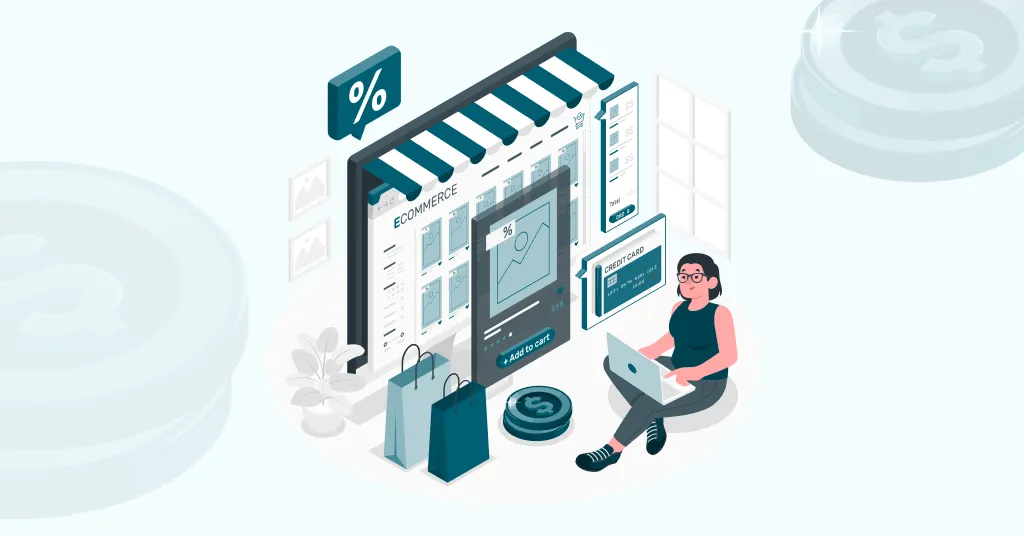Scaling Ecommerce Growth: Data Driven Tactics For High Impact Upselling And Cross Selling Companies can leverage data to create personalized product recommendations and targeted campaigns to boost customer engagement and increase sales.Â
Additionally, they can use data to identify the most profitable segments and target them with relevant offers. Finally, they can use data to optimize their pricing strategies to maximize profits.
What You Need To Know About Building An Ecommerce Business
Every ecommerce business that wants to grow scalable needs a solid foundation. The key to competing in a crowded market is to use scalable digital marketing strategies and pick inventory that aligns with your growth goals.Â
To achieve this, we have to maintain product quality, prioritize customer service, and implement competitive pricing strategies. Your ecommerce business will be prepared for future challenges, growth, and sustainability if you build a solid base.
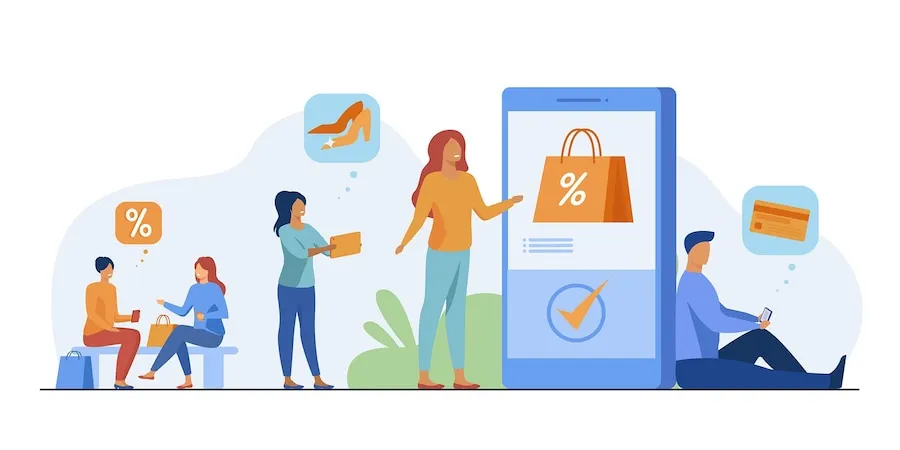
Get the right product market fit
The key to scaling is finding product market fit. A detailed market research helps you better understand your customers’ needs and preferences, which can enhance product development and marketing.
You can build a solid start for your brand by offering products that resonate with your target audience.
Complementary products to add value
Product catalogs that fit customers’ needs and encourage exploration are the keys to upselling and cross selling.Â
Making complementary products adds value to your brand and enhances your customer’s shopping experience, encouraging them to buy more.
The Art of Brand Storytelling
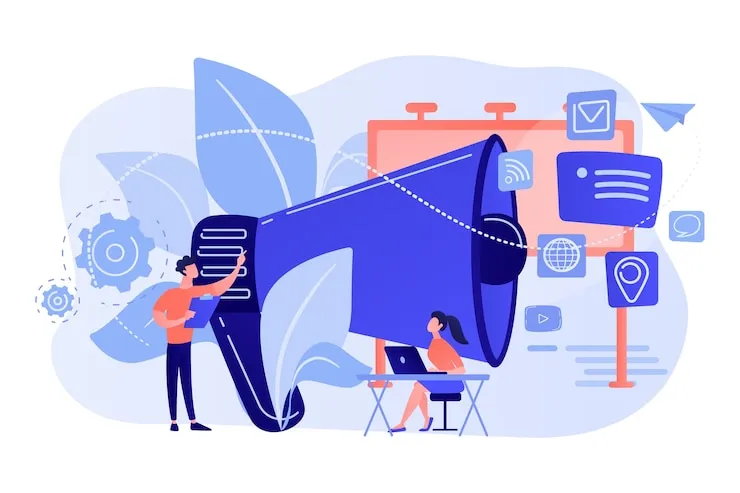
An emotional brand story can help differentiate your ecommerce business. You can build loyalty and stand out by creating a brand narrative that resonates with your audience.
Customer centered product development
By listening to customer feedback and studying purchasing behavior, you can improve your products.Â
When you design products that are customer centric, you’re more likely to upsell and cross sell, since you’ll provide products that are more likely to meet your customers’ needs and expectations.
Ecommerce Scaling: What You Need To Know
Ecommerce business scaling means you’re expanding your reach and capacity to handle higher sales and demand. Optimisation is needed here.Â
The company needs to improve across various facets, like technology, logistics, and marketing. Revenue and market share should grow without putting on more resources
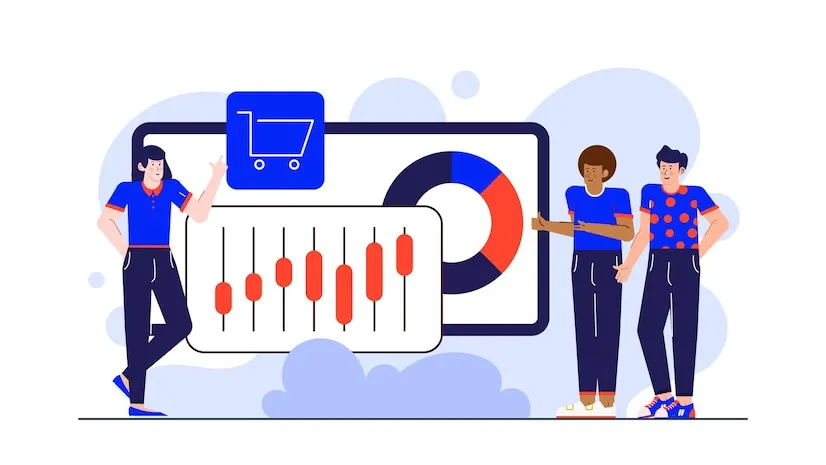
Scaling in ecommerce: What’s involved?
When it comes to ecommerce, scaling is about increasing revenue and operational capacity with minimal costs. It’s all about reducing costs so you can handle more customer demand without compromising quality.
What’s the point of data driven scaling?
A lot of scaling efforts rely on data. Data from customer interactions, inventory turnover, and marketing campaigns can help businesses make informed decisions and grow.
Making sure your infrastructure is scalable
It’s important to have a scalable ecommerce infrastructure, including robust technology, efficient logistics, and customer service. Businesses can manage increased volume easier by establishing scalable processes.
How To Use Digital Marketing To Grow Your Business Online
To scale ecommerce, you need a solid digital marketing strategy. Through SEO, content marketing, and social media advertising, brands can gain visibility, attract new customers, and foster loyalty.Â
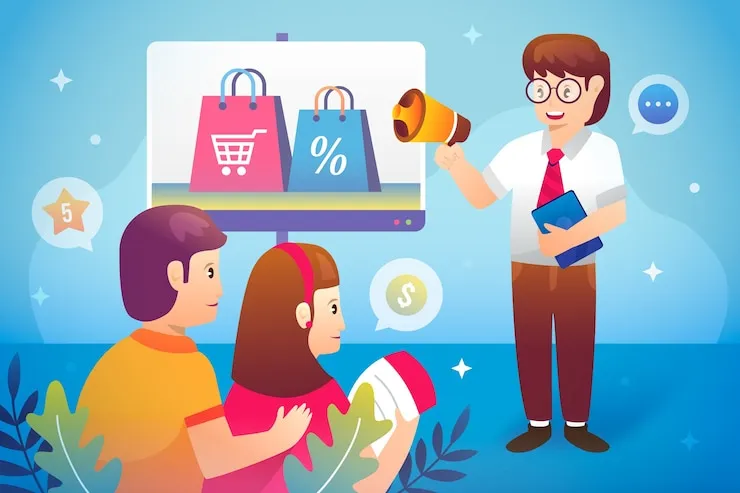
Growing an ecommerce business requires a well planned digital marketing strategy.
Getting your digital marketing campaign off the ground
In order to launch a successful digital marketing campaign, you have to use multiple channels. Extend your campaign to include new platforms, target demographics, and content types as your business grows.
Using SEO to grow your business
The cornerstone of any digital marketing strategy is search engine optimization (SEO). Increase organic traffic and attract customers who are actively searching for your products by optimizing product pages, category descriptions, and blog posts.
An engine for growth: content marketing
You can position your brand as an industry leader by using content marketing.Â
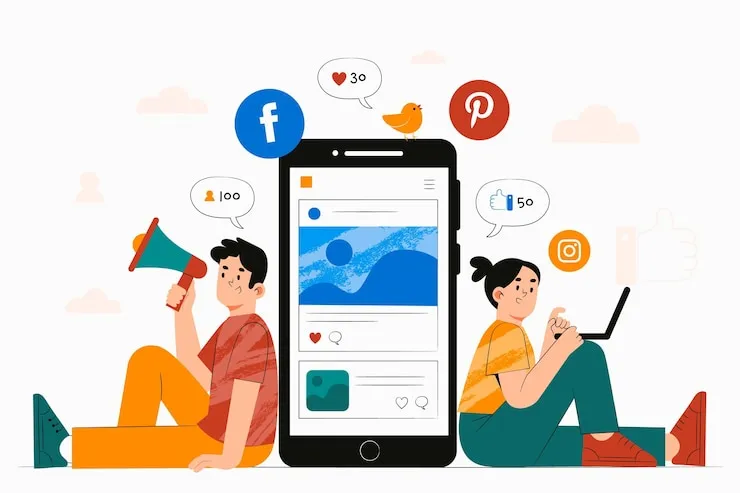
Blogs, videos, and guides improve the customer experience and drive traffic to your site, which gives you tons of opportunities to upsell and cross sell.
Using social media to reach a bigger audience
Using social media to drive ecommerce sales is powerful. Facebook, Instagram, and Pinterest are great places to create targeted ad campaigns to engage specific customer segments, introduce relevant products, and nurture relationships.
Keeping customers happy with email
You can keep customers and drive repeat purchases with email marketing. Personalized product recommendations and exclusive offers can help upsell and cross sell to existing customers.
Increasing Efficiency And Automation In Ecommerce Stores
Automating workflows helps ecommerce businesses scale by freeing up resources for high impact tasks.Â
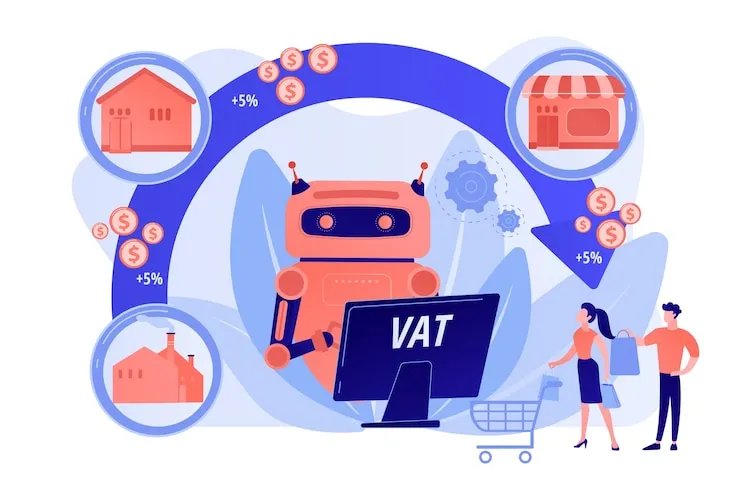
Businesses can improve efficiency through automation, streamline operations, and enhance customer service.
Process streamlining with automation
Automation can reduce workloads and operational costs, such as order processing and customer service.Â
The automation process frees up resources so businesses can focus on strategic growth.
Systematizing inventory and fulfillment
It cuts down on stockouts and delays with an automated inventory management system.Â
Customer satisfaction and repeat business are improved with automated fulfillment processes.
Using chatbots to improve customer service

Artificial intelligence driven chatbots are an efficient way to get answers to customer questions and direct them to relevant products. It increases conversion rates and makes shopping easier.
A better way to process orders
Automating order processing cuts down on errors and speeds up fulfillment so customers get their orders faster. Customer loyalty and upselling are supported by this efficiency.
How to outsource technical tasks for scalability
You can reduce operational burdens by outsourcing SEO, website maintenance, and CMS management.Â
Scalability is made possible by strategic outsourcing, which gives you access to specialized expertise without having to hire more staff.
Strategies For Ecommerce That Focus On Customers
Customer centricity is key to creating a positive shopping experience, growing loyalty, and boosting repeat sales.Â
Business owners can foster long term growth by prioritizing customer satisfaction.
Setting up a great customer service system
The customer service you provide is what separates ecommerce businesses.Â
Customers love prompt, personalized service, so if you provide it, you’re more likely to get repeat business and stay loyal to your brand.
Making it personal for customers

Personalized offers are a great way to upsell and cross sell.Â
Using customer data to suggest products to customers increases conversion rates and enhances the shopping experience, making you and your customers happy.
Responsive customer service across channels
Customer service can negatively affect customer retention and churn rates, so it’s important to provide customer service across multiple channels, such as chat, email, and phone, so customers can reach you when they need it.Â
It shows how much you care about your customers and builds trust.
How to use customer feedback to drive continuous improvement
It’s important to get customer feedback to identify areas for improvement.Â
Gathering feedback regularly makes it easier to improve your products and customer service, so you’re always meeting and exceeding expectations.
Rewarding Repeat Purchases with Loyalty Programs
The purpose of loyalty programs is to reward customers for their continued purchases.Â
You can get customers to return by offering points, discounts, and exclusive access to new products.
The Art Of Measuring And Optimizing
Scaling in ecommerce starts with data. Making informed decisions about key performance metrics helps businesses grow and run better.

Finding out what your KPIs are
An ecommerce business’s key performance indicators (KPIs) give you insight into how well it’s doing.Â
Your marketing and sales strategy’s effectiveness is measured by KPIs like conversion rate, average order value (AOV), and customer lifetime value (CLV).
Monitoring conversion rates for upselling and cross selling
Your conversion rates give you an idea of how effective your upselling and cross selling are.Â
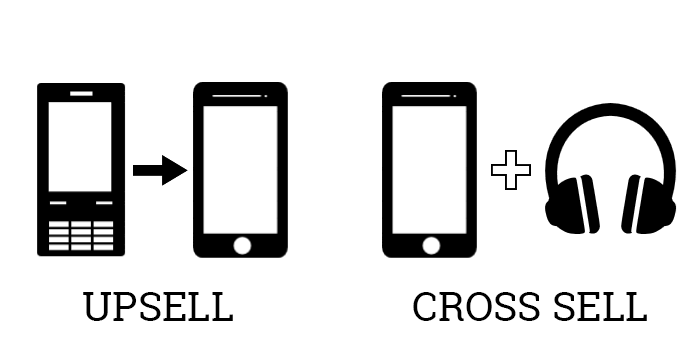
This way, you can identify successful strategies and improve underperforming ones, making sure your efforts maximize profits.
Data driven ways to increase average order value
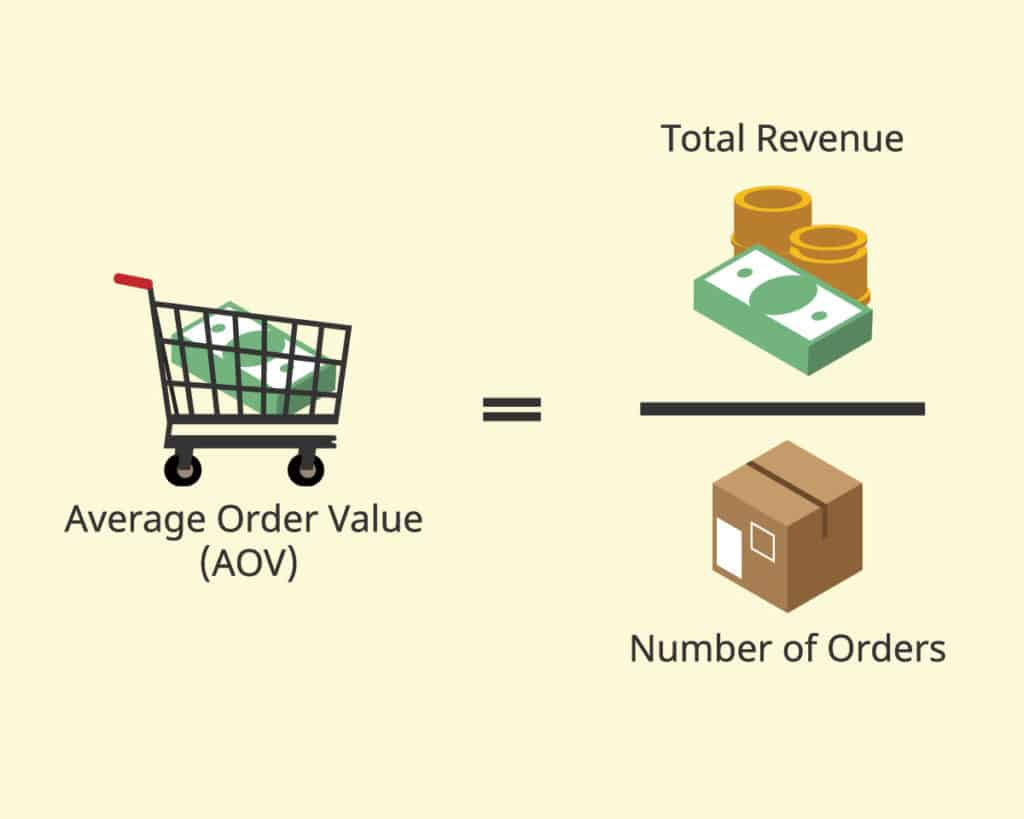
It’s important to measure average order value (AOV) to grow your ecommerce business.Â
Utilizing purchase data can help you implement targeted upselling and cross selling strategies, which encourage customers to add complementary products to their carts and increase AOV.
Using Customer Lifetime Value (CLV) as a metric for scaling
Customer lifetime value (CLV) is how much revenue a customer generates over their relationship with your brand.Â
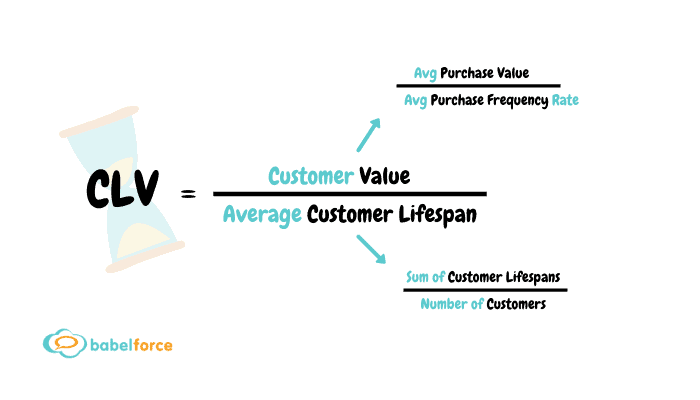
Driving sustainable growth means increasing CLV through retention strategies.
Checking shopping cart abandonment rates
Shoppers abandoning their carts can point to friction points in their journey.Â
Identifying and fixing these issues can boost conversion rates, making upselling and cross selling easier.
Putting profitability first at every stage
The key to long term sustainability is profitability. Making sure your scaling efforts are financially viable requires focusing on cost effective strategies.
Securing Sustainable Growth
It’s not just about increasing revenue; it’s about doing so in a way that’s sustainable and customer focused. You need to attract new customers, keep them, and optimize the user experience if you want to grow.
Using Omnichannel Marketing to Engage Customers
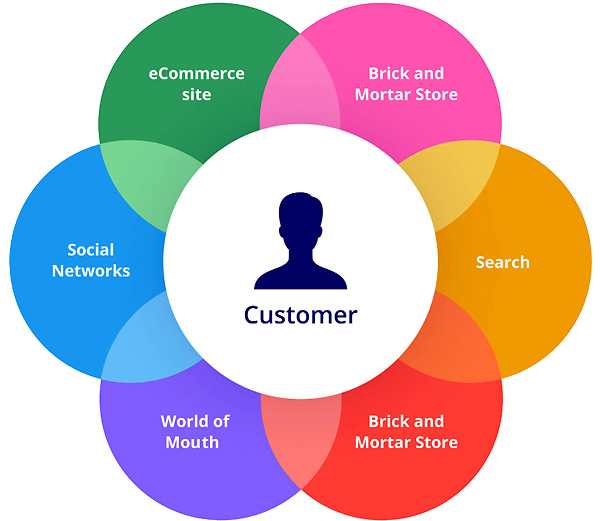
Omnichannel marketing connects you with customers wherever they are, so they have a seamless shopping experience. Brand loyalty is enhanced and cross selling and upselling opportunities are abundant.
Getting more conversions by optimizing the customer journey
Making the customer journey easier, from product discovery to checkout, improves the shopping experience. Getting rid of friction points can help you sell more.
How to increase engagement with retargeting
Using retargeting, you can reconnect with customers who showed interest in your products but didn’t buy. Showing relevant ads and product recommendations will encourage these customers to buy again.
Making email marketing work for customer retention
Using email marketing to re engage customers and promote new products is cost effective. Sending personalized emails with targeted product recommendations can make repeat purchases and upsells easier.
Making your brand a community

Image Courtesy –Growave
Getting to know each other
Customers can feel loyal to your brand and return for more purchases. Building trust with customers through social media, blogs, and forums enhances the customer experience.
Giving referrals and repeat customers incentives
The best way to get customers to advocate for your brand is to reward them for referrals and repeat purchases. Providing discounts, points, or exclusive access can motivate loyal customers to spread the word about your brand.
Maintaining customer loyalty for sustainable growth
Keeping customers is cheaper than acquiring new ones, so it’s important to do it right. Maintaining customer relationships can create a steady revenue stream and reduce reliance on new customers.
The power of user generated content
Creating user generated content (UGC) is a great way to build credibility. You can attract new customers and scale your business by getting customers to share their experiences on social media.
Using video content to boost engagement
Showing products in action via video is highly engaging and effective. Adding product demos, testimonials, and educational videos to your marketing strategy will help you get more customers.
Improve your site’s speed and mobile optimization
Keep your customers happy with a seamless user experience. Speeding up your site and making sure it’s mobile friendly will lower bounce rates and encourage customers to explore and buy more.
What We Learned
In order to scale an ecommerce business, you need a solid foundation, a customer centric approach, and data driven strategies.Â
Businesses can achieve high impact upselling and cross selling by leveraging automation, optimizing digital marketing, and focusing on customer satisfaction.
An overview of effective scaling strategies
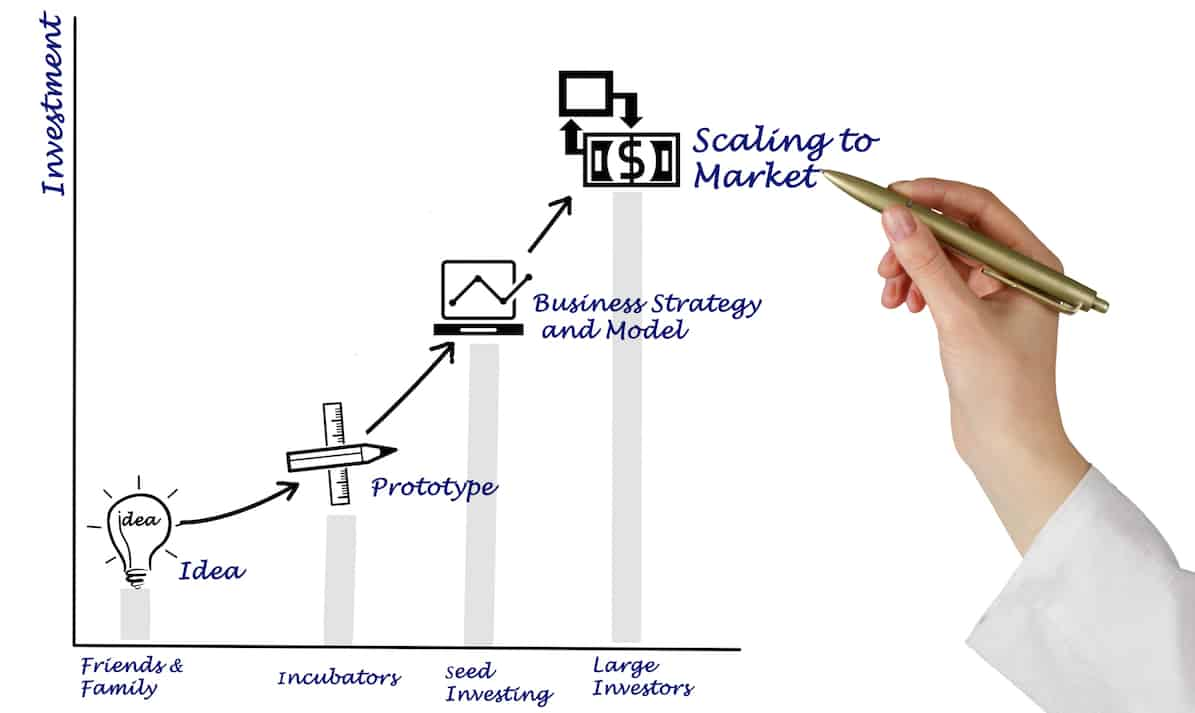
- Build a scalable foundation, focusing on product market fit and operational efficiency.
- Invest in SEO, content marketing, and social media to develop a comprehensive digital marketing strategy.
- Reducing costs and improving efficiency with automation.
- Focus on customers through personalized service, responsive support, and loyalty programs.
- Track your performance and refine your strategies for continuous improvement.
These principles will help you scale your ecommerce business, improve customer experience, and grow your business.

